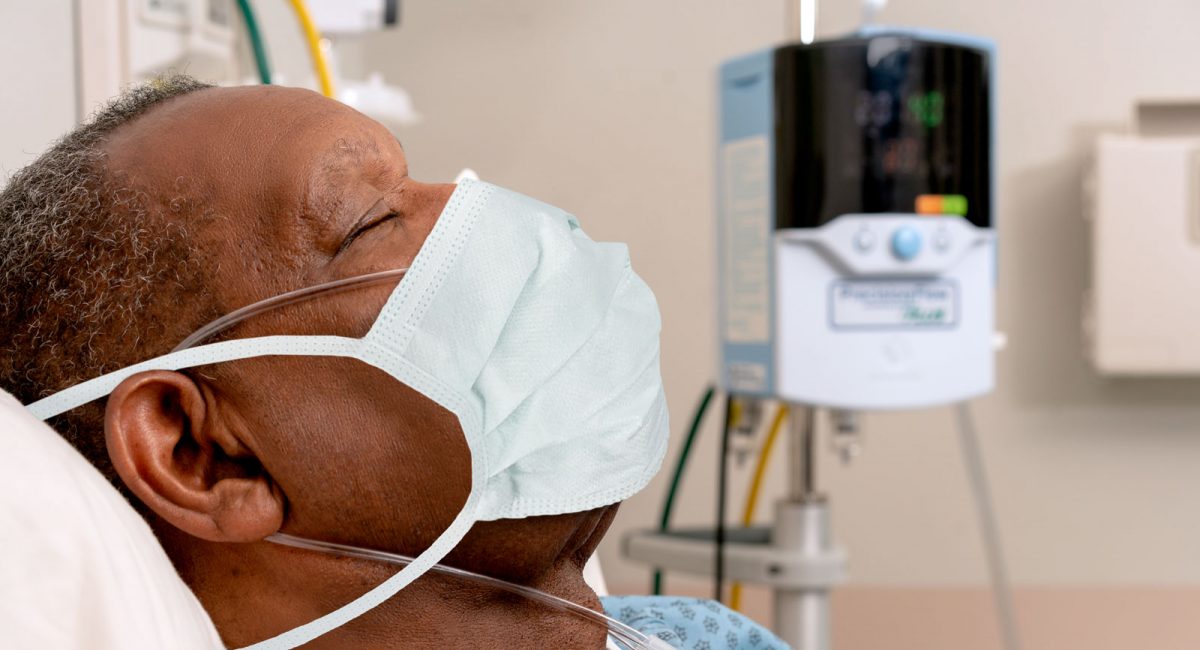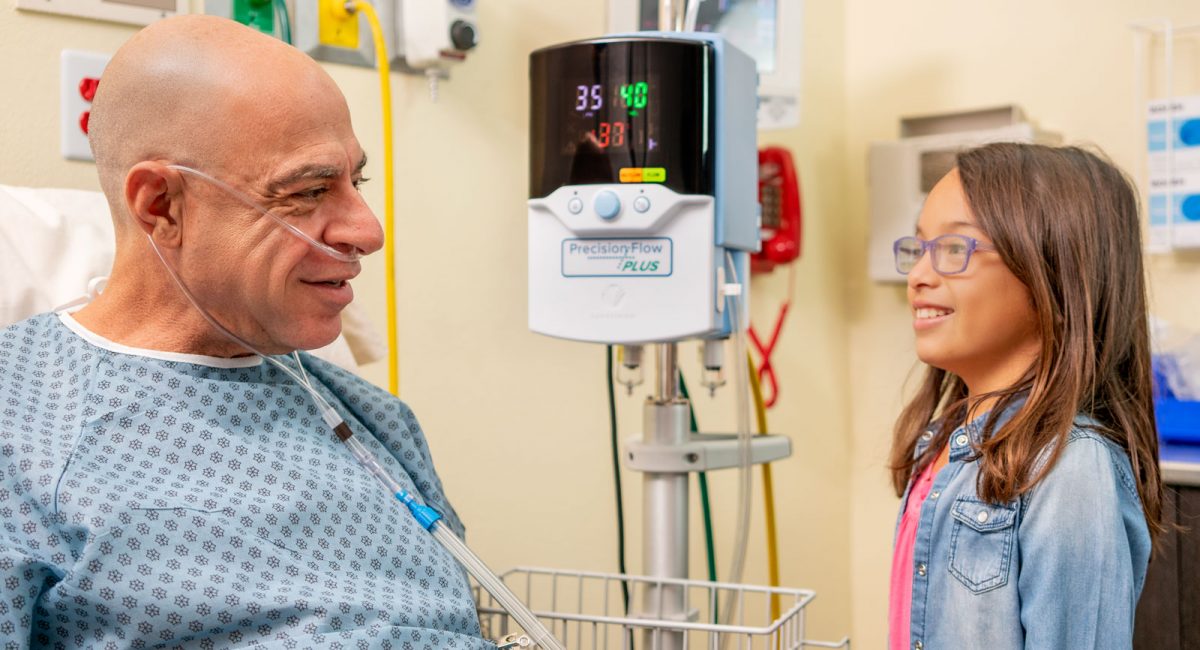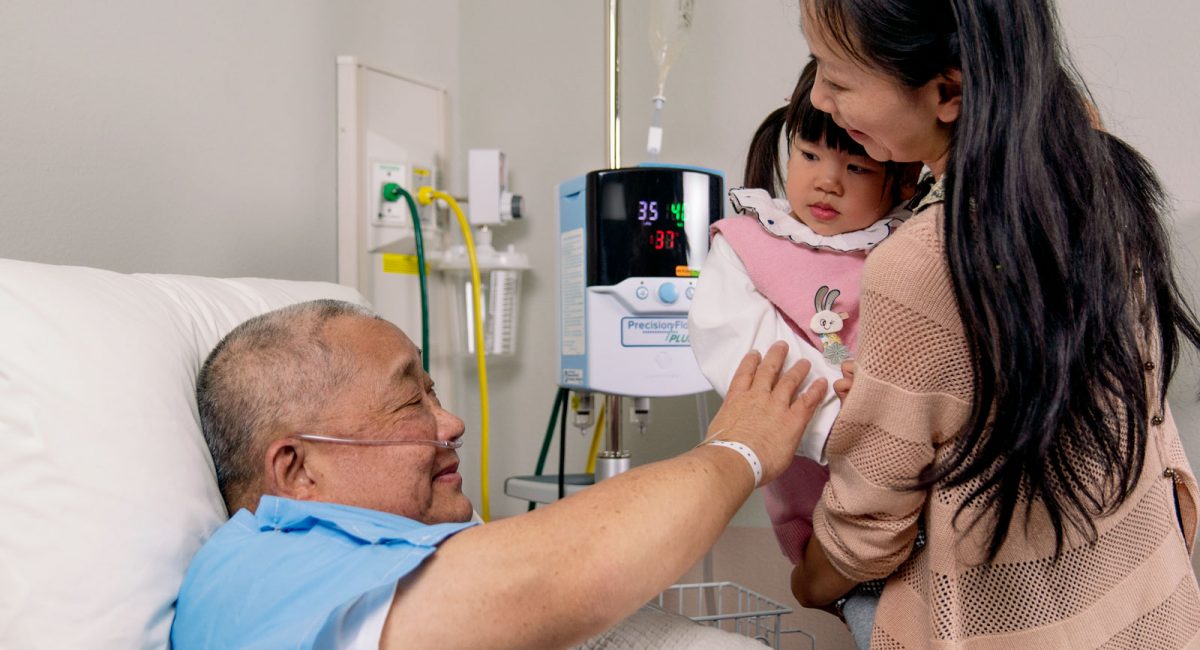Vapotherm Blog

COVID-19 and Aerosol Generating Procedures – Considerations for Treatment
With the COVID-19 pandemic underway, clinicians have been raising concerns about aerosol generating procedures (AGPs) in the course of patient treatment. Because the disease spreads via droplets [1], AGPs could expose healthcare workers to a greater risk of nosocomial transmission. Should We Avoid AGPs? A recent Lancet Respiratory Medicine Correspondence by Cheung et al., concluded

COVID-19 Transmission Assessment Report
Looking for this report as a PDF? Download the COVID-19 Transmission Assessment Report High Velocity Nasal Insufflation (HVNI) Therapy Application in Management of COVID-19 Leonard, S. BSME1, Volakis, L.I., MS PhD1, DeBellis, R., PharmD FCCP1, Kahlon, A., MD1,Mayar, S., MSc RRT1, Dungan II, G.C., MPhil (Medicine)1,2,3 Department of Science & Innovation, Vapotherm, Inc. Exeter, NH USA

In Silico Modeling of Aerosol Generated During High Velocity Therapy Treatment
In March, 2020 Leonard and colleagues released a Transmission Assessment Report on High Velocity Nasal Insufflation (HVNI) Therapy Application in Management of COVID-19. The report includes a literature review as well as the results of computational fluid dynamics modeling (CFD)—in silico testing—to evaluate the scale of potential environmental contamination associated with aerosol generation during high

Transmission Protection When Treating COVID-19 Patients with High Velocity Therapy
All respiratory support modalities generate aerosol. However, not all of them present the same risk of nosocomial transmission. This is often reflected in guidelines from healthcare institutions. For example, the Society of Critical Care Medicine (SCCM) recommends the use of high flow oxygen as a front-line therapy over the use of NiPPV for COVID-19 patients

COVID-19 Patients on Vapotherm® High Velocity Therapy
With COVID-19 spreading across the globe, healthcare providers on the front lines have to select the tools that will offer them and their patients the support they need. For clinicians that are considering using Vapotherm high velocity therapy on their patients, here is an overview of the full utility spectrum of this tool for a

Why the Shift from Pressure Ulcer to Pressure Injury?
By Jeanne Pettinichi, MSN, RN, CPN, CPENVapotherm Clinical Nurse Educator The views and ideas presented in this blog article are solely those of the author, and the content is not intended to serve as medical advice. Vapotherm does not practice medicine or provide medical services. Practitioners should refer to the full indications for use and

When Albuterol Isn’t Recommended—A Way to Rehydrate Airway Mucosa
If you work with respiratory distress patients, you’ve probably heard jokes about the frequent use of albuterol. It’s a very common go-to medication, but it’s no laughing matter if it’s used when not recommended—as is the case for bronchiolitis treatment. The latest Clinical Practice Guidelines for Bronchiolitis released by the American Academy of Pediatrics strongly

How Your Precision Flow® Systems Could Help Streamline Your Emergency Department Workflow
Given the flu season is in full swing you are likely seeing patients coming in with respiratory distress that stems from exacerbations of underlying conditions, like COPD.1 Chances are you are using noninvasive positive pressure ventilation (NiPPV) to treat some of these patients. If this sounds like your practice, you’re not alone. But some of

Why Not All High Flow is the Same
In recent years, High Flow Nasal Cannula (HFNC) has gained popularity with clinicians treating patients in respiratory distress. The general consensus about HFNC is that it is often viewed as an option that is more effective than standard oxygen therapy among hypoxemic patients and also more comfortable when compared to mask-based noninvasive ventilation (NIV).1 In

Why It Matters That Not All High Flow is the Same
In a previous piece we discussed the various design elements that create differences among types of High Flow Nasal Cannulas (HFNC). Given the increasing popularity of HFNC, it’s important to not just be aware of what makes one device different from another, but also to understand the difference in their clinical outcomes. Not all HFNC